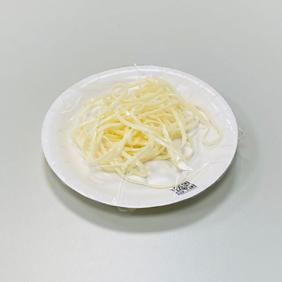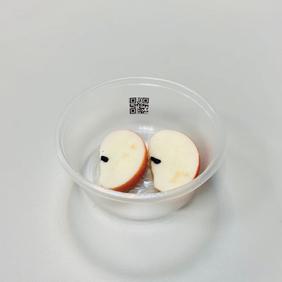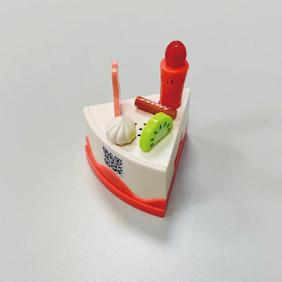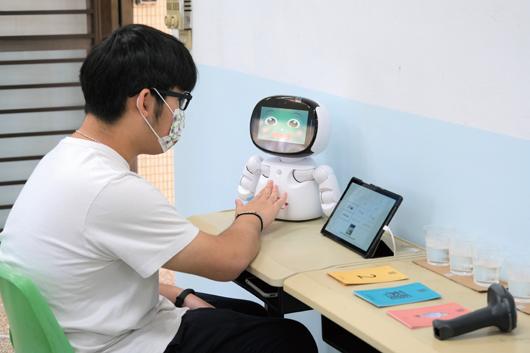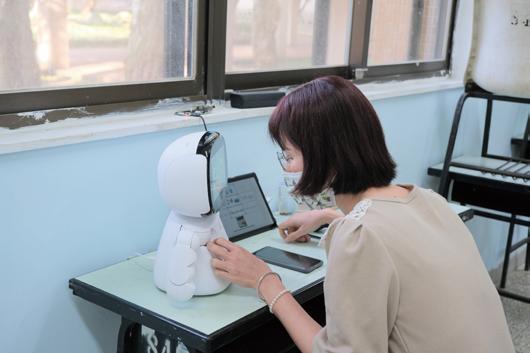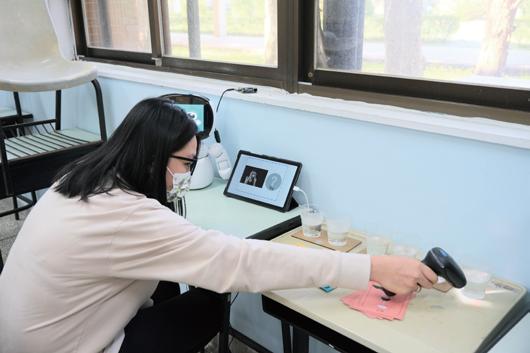
2 minute read
CHINESE CLASSIFIER
Learning Applying
MULTIMODALITY AND EMBODIMENT TO DESIGN
Advertisement
INNOVATIVE LEARNING APPLICATIONS: LEARNING
Chinese
CLASSIFIER
With Robots And Tangible Objects
Advisor
Nian-Shing Chen, Yu-Ju Lan
Team Member
Fu-Hui Hsu, Yu-Tang Hsueh, Yen-Ting Lin, Wei-Lun Chang, Chia-Ling Yeh, Lung-Hao Huang
Responsibility
Digital Learning Content Design, NCN Card Design, Tangible Objects Preparation
Abstract
Learning Chinese Numeral-Classifier-Noun (NCN) phrases is very challenging to most learners learning Chinese as an additional language (CAL). Although CAL teachers can help, the number and the affordance of CAL teachers are limited. This study proposed developing Chinese classifier learning applications based on multimodality and embodiment theories using Robots and IoT Tangible objects (R&T). The scripts of implemented leaning applications were designed by professional CAL teachers. This study adopted the ASSURE model to develop the learning applications and evaluate their effect. Ten participants were divided into two groups: learning after a human teacher (control group) and learning with the R&T system (experimental group). Both groups received a six-week intervention. A pre-test/post-test/delayed-test design was used to investigate the effects of the learning applications on the participantsʼ Chinese NCN phrase skills, including listening, speaking, and reading. A cognitive load questionnaire was also administered to the participants one week after the intervention. Results showed that the effect of the learning applications was comparable to that of human teachersʼ classes. This study contributes to CAL teaching and learning by providing an alternative learning method for CAL learners or a teaching assistant system for CAL teachers.
Keywords: Chinese as an additional language, Classifier, Educational robot, Tangible objects, Multimodality, Embodied cognition
Learning Topic
Numerals
Classifiers
Nouns
1 yī; 2 èr/liǎng; 3 sān
塊 kuài (block-like piece); 杯 bēi (cup/glass); 瓶 píng (bottle); 片 piàn (slice);
包 bāo (bag); 碗 wǎn (bowl); 盤 pán (tray/plate); 條 tiáo (long nar row piece);
種 zhǒng (type/kind); 口 kǒu (bite/a mouth full of)
魚 yū (fish); 肉 ròu (meat); 蘋果 píng gu ŏ (apple); 麵 miàn (noodles);
蛋糕 dàn gāo (cake); 牛奶 niú nǎi (milk); 水 shuǐ (water); 酒 jiǔ (li quor/wine/beer)
DEVICE & MATERIAL
Learning Procedure (Unit 2)
Water( 水 ): Choose the correct Pinyin
Cup/Glass( 杯 ): Choose the correct Pinyin
Water( 水 )
Instruction(Pinyin)
Find Cards
Repeat After Robot Twice
Cup/Glass( 杯 )
Instruction(Pinyin)
Find Cards
Repeat After Robot Twice
A cup/glass of water( 一杯水 ): Choose the correct phrase structure
A cup/glass of water( 一杯水 )
Instruction(Pinyin 、 Character 、 Phrase Structure)
Find Cards
Two cups/glasses of water( 兩杯水 ): Choose the correct Pinyin
Two cups/glasses of water( 兩杯水 )
Instruction(Pinyin 、 Character 、 Phrase Structure)
Find Cards
Repeat After Robot Twice
Three cups/glasses of water( 三杯水 ): Choose the correct character
Yes No Correct Yes No Correct Yes No Correct Yes No Correct
Find Tangible Objects
Two cups/glasses of water( 兩杯水 )
A cup/glass of water( 一杯水 )
Three cups/glasses of water( 三杯水 )
Instruction(Pinyin 、 Character 、 Phrase Structure)
Find Cards
Repeat After Robot Twice
Quick Review Robot read aloud the phrases Learner repeat after robot
Review all the phrases (Pinyin 、 Character 、 Phrase Structure)
Tangible Objects
